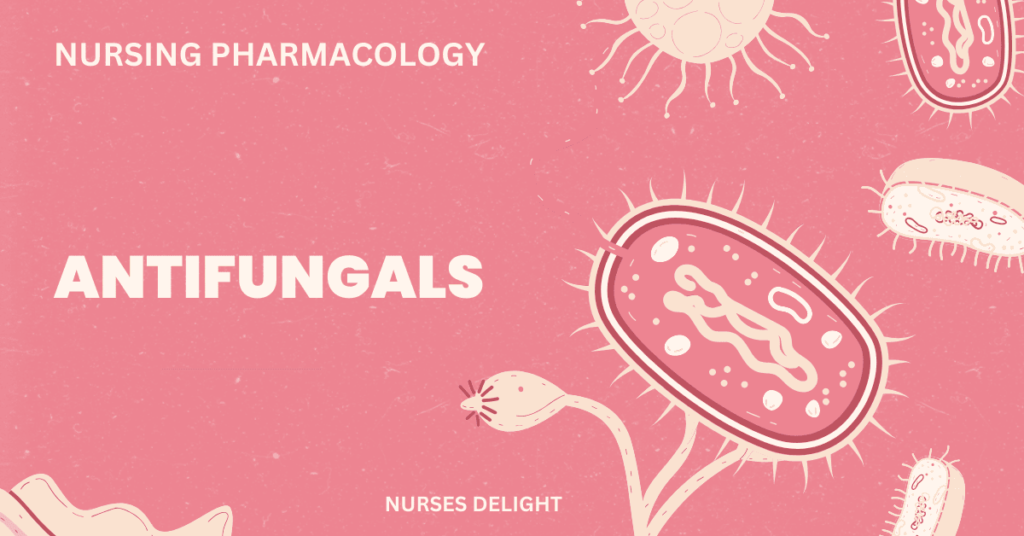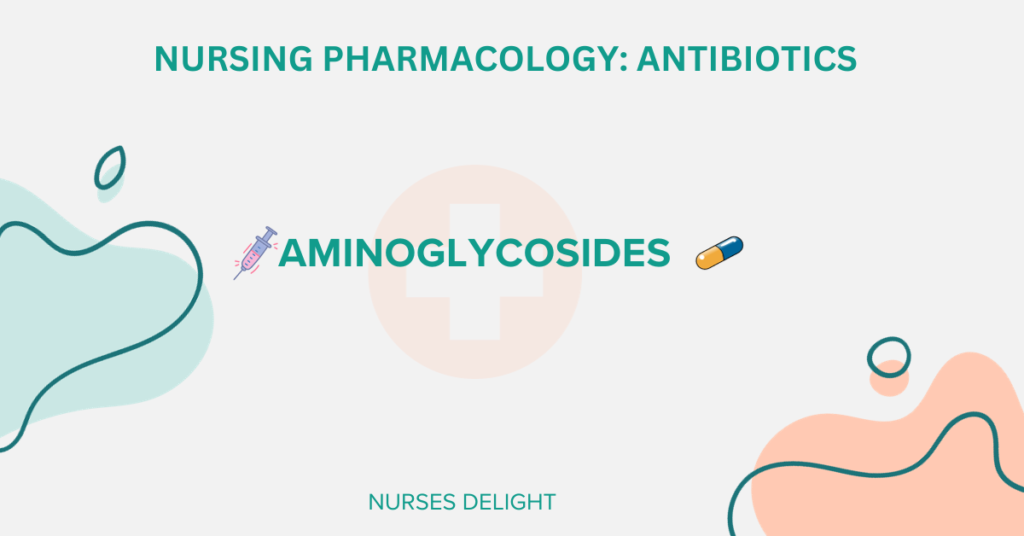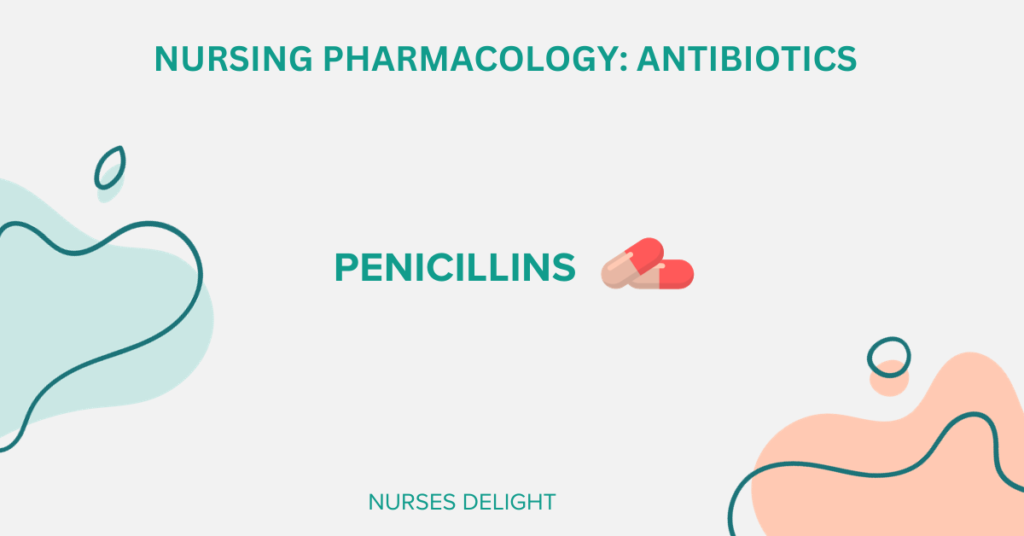Antifungals, also called antimycotics, are drugs that are used to treat fungal infections. Fungal infections usually attack people with weak immunity.
Antifungal drugs include;
- Amphotericin B
- Butoconazole
- Caspofungin
- Clotrimazole
- Fluconazole
- Griseofulvin
- Itraconazole
- Ketoconazole
- Micafungin
- Miconazole
- Nystatin
- Terbinafine
- Voriconazole
Pregnancy Category: C
They are generally categorized as category C. Animal studies have shown potential risks of antifungals to the fetus. But when they are intravaginally as in cases of nystatin and clotrimazole pessaries they are categorized as A.
Mechanism of Action
Antifungals bind to or impair fungal cell membranes, and allowing increased permeability and leakage of cellular components and causing the death of the susceptible fungal cell.
Indications of Antifungals
- Used to treat systemic fungal infections: Candidiasis, chronic mucocutaneous candidiasis, oral thrush, candiduria, blastomycosis, coccidioidomycosis, histoplasmosis, chromomycosis, paracoccidioidomycosis, dermatophytosis,and ringworm infections of the skin.
- Treatment of onychomycosis, pityriasis versicolor, vaginal candidiasis.
- Topical treatment of tinea corporis and tinea cruris caused by Trichophyton rubrum, Trichophyton mentagrophytes, and Epidermophyton floccosum
- Treatment of tinea versicolor caused by Malassezia furfur (topical); and reduction of scaling due to dandruff (shampoo)
Cautions and Contraindications
- Use cautiously in patients with liver failure because it can increase the risk of hepatocellular necrosis
- Contraindicated in patients allergic to any antifungals; pregnancy, and lactation.
Adverse Effects
- CNS: Headache, photophobia, somnolence, dizziness,
- GI: Nausea, vomiting, hepatotoxicity, abdominal pain
- GU: Nephrotoxicity Impotence, oligospermia (with very high doses),
- Hematologic: Leukopenia, Thrombocytopenia, hemolytic anemia
- Hypersensitivity: Anaphylaxis, urticaria
- Local: Severe irritation, pruritus, stinging with topical application
- Other: Fever, chills, pruritus gynecomastia, electrolyte abnormalities with amphotericin B.
Interactions
- Rifampin decreases their serum concentration levels when used concurrently.
- Antifungals increased blood levels of cyclosporine and make it toxic.
- There is increased duration of adrenal suppression when corticosteroids are taken with antifungals
Nursing Implications
Assessment
- History: Assess any allergies of antifungals; fungal meningitis, liver failure, pregnancy, and lactation.
- Physical: Assess the skin color, lesions; orientation, reflexes, affect; bowel sounds, liver evaluation, LFTs; CBC and differential; and the culture of area involved.
Interventions
- Arrange for culture before beginning therapy; treatment should begin prior to lab results.
- Arrange hepatic function tests prior to therapy and at least monthly during treatment.
- Maintain epinephrine on standby in case of severe anaphylaxis after first dose.
- Administer oral antifungals with food to decrease GI upset.
- Administer until infection is eradicated: candidiasis, 1–2 week; other systemic mycoses, 6 months; chronic mucocutaneous candidiasis often requires maintenance therapy. Tinea versicolor requires 2 weeks of topical application.
- Discontinue treatment and consult physician about diagnosis if no improvement within 2 weeks of topical application.
- Discontinue topical applications if sensitivity or chemical reaction occurs.
- Administer shampoo as follows: Moisten hair and scalp thoroughly with water; apply sufficient shampoo to produce a lather; gently massage for 1 min; rinse hair with warm water; repeat, leaving on hair for 3 min.
- Provide hygiene measures to control sources of infection or reinfection
- Provide frequent small meals if GI upset occurs.
- Provide comfort measures appropriate to site of fungal infection.
- Establish safety precautions (for example side rails, assistance with ambulation) if CNS effects occur.
Patient/Family Teaching
- Instruct the patient to take the full course of therapy. Let them understand that long-term use of the drug will be needed and the beneficial effects may not be seen for several weeks.
- Advice the patient to take oral drugs with meals to decrease GI upset.
- Inform the patients that they may experience these side effects like nausea, vomiting, diarrhea, sedation, dizziness, confusion (avoid driving or performing tasks that require alertness); stinging, irritation (local application).
- Tell the patient to report skin rash, severe nausea, vomiting, diarrhea, fever, sore throat, unusual bleeding or bruising, yellowing of skin or eyes, dark urine or pale stools, severe irritation (local applications).
References
- Karch M. (2014). Lippincott’s Nursing Drug Guide. Wolter’s Kluwer/Lippincott Williams and Wilkins. New York, USA.
- Vallerand A., Sanoski C., Deglin J. (2015). Davis’s Drug Guide for Nurses (14th Ed). F.A Davis Company. Philadelphia, Pennsylvania, USA.
- Whalen K., Finkel R., Panavelil T. (2015). Lippincott Illustrated Reviews Pharmacology (6th Ed). Wolter’s Kluwer. USA.



